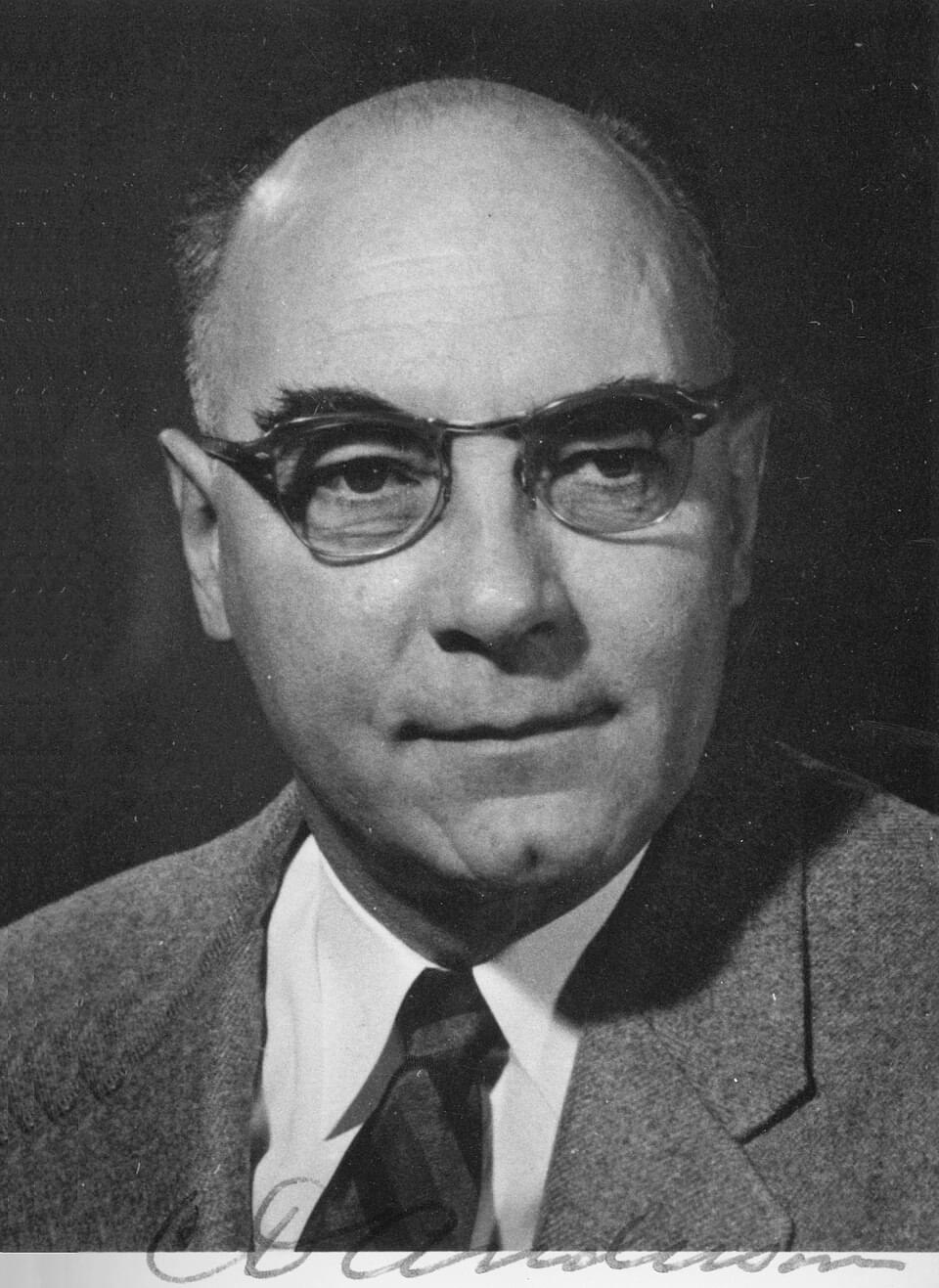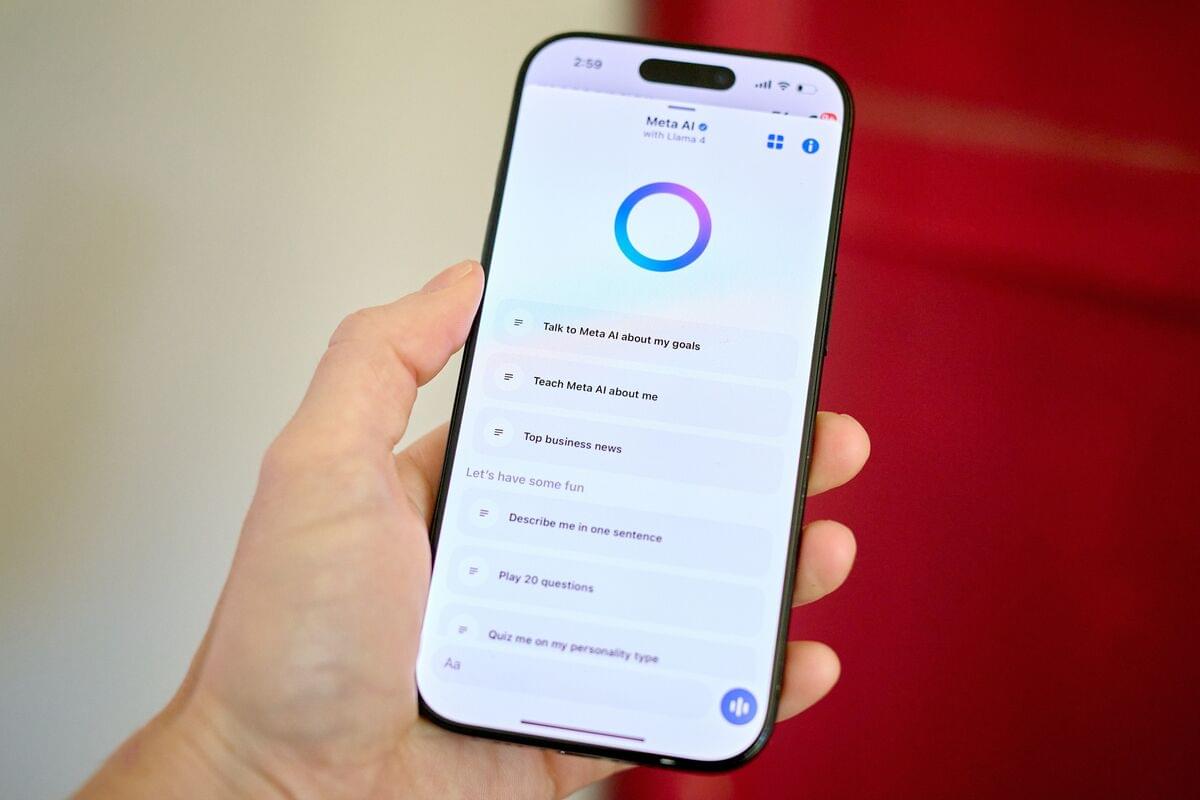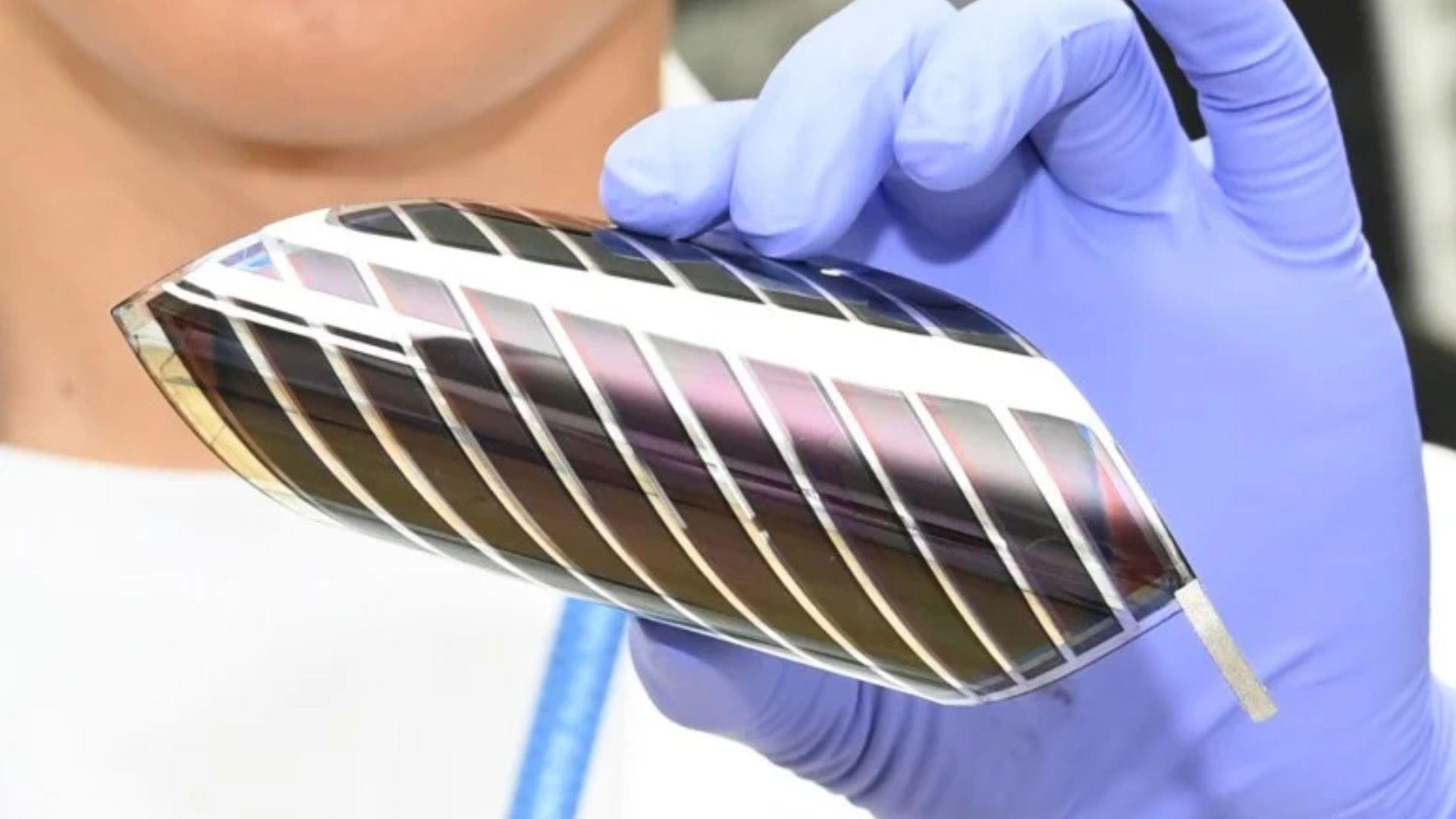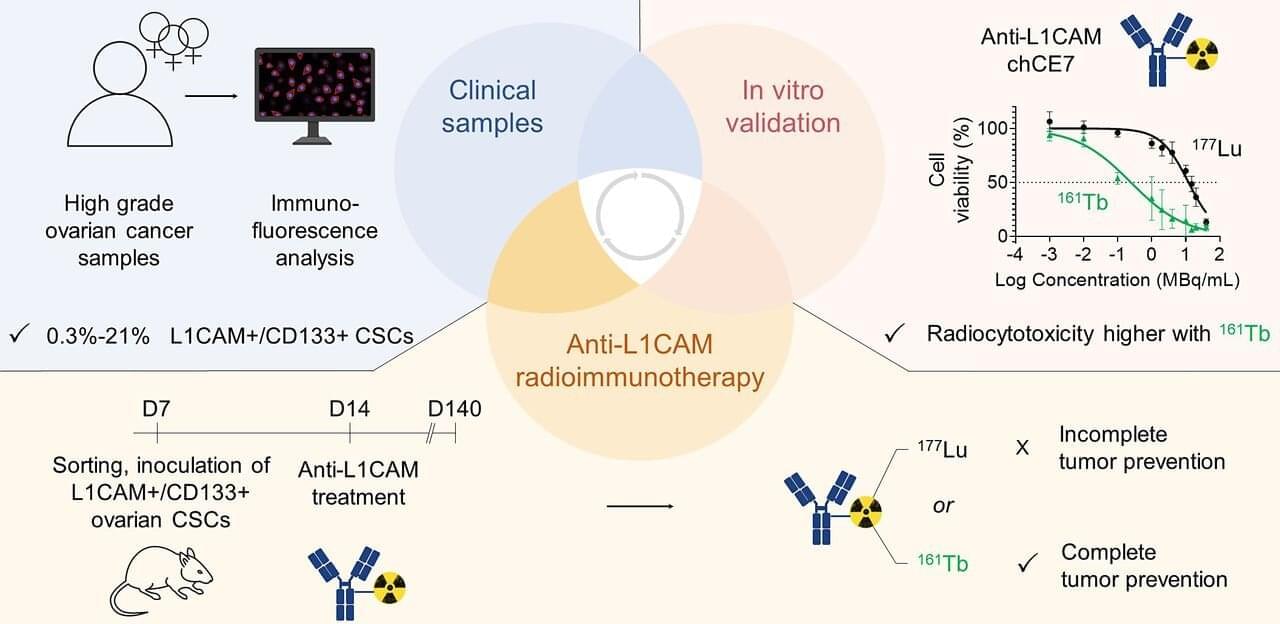The ER-100 drug candidate reverses aging in mice, and David Sinclair says human trials start soon. Is this a magic pill for aging? Dr. Aubrey de Grey discusses the latest advances in life-extension research.
Our story begins on X, where user “rand_longevity” wrote, “Aging will be reversible in humans within 8 years”, to which Dr. David Sinclair replied, “8 years? After successful non-human primate trials, human age reversal trials are set to begin in 6 months”, later naming the ER-100 drug candidate.
Life Biosciences ER-100 drug candidate leverages partial epigenetic programming using 3 of the 4 Yamanaka factors to promote cellular rejuvenation to a younger state without the loss of cell identity. They believe this will help prevent or reverse age-related diseases at a root level — but they’re not the only organization pursuing life-extension research.
Dr. de Grey’s own research has focused primarily on accumulated side effects from metabolism, embodied in the title of his 1999 book, “The Mitochondrial Free Radical Theory of Aging”.
Dr. de Grey is well-known as one of the top gerontology and life-extension scientists in the world, and his own work has also been successful in extending the lifespan of lab animals. In this program, he discusses his work and some of the key elements of living a longer, healthier life.
DISCLAIMER: This program is a discussion is about ongoing scientific research, and is NOT providing medical advice. Please consult your doctor before starting any supplements, beginning an exercise routine, or undertaking lifestyle changes.








